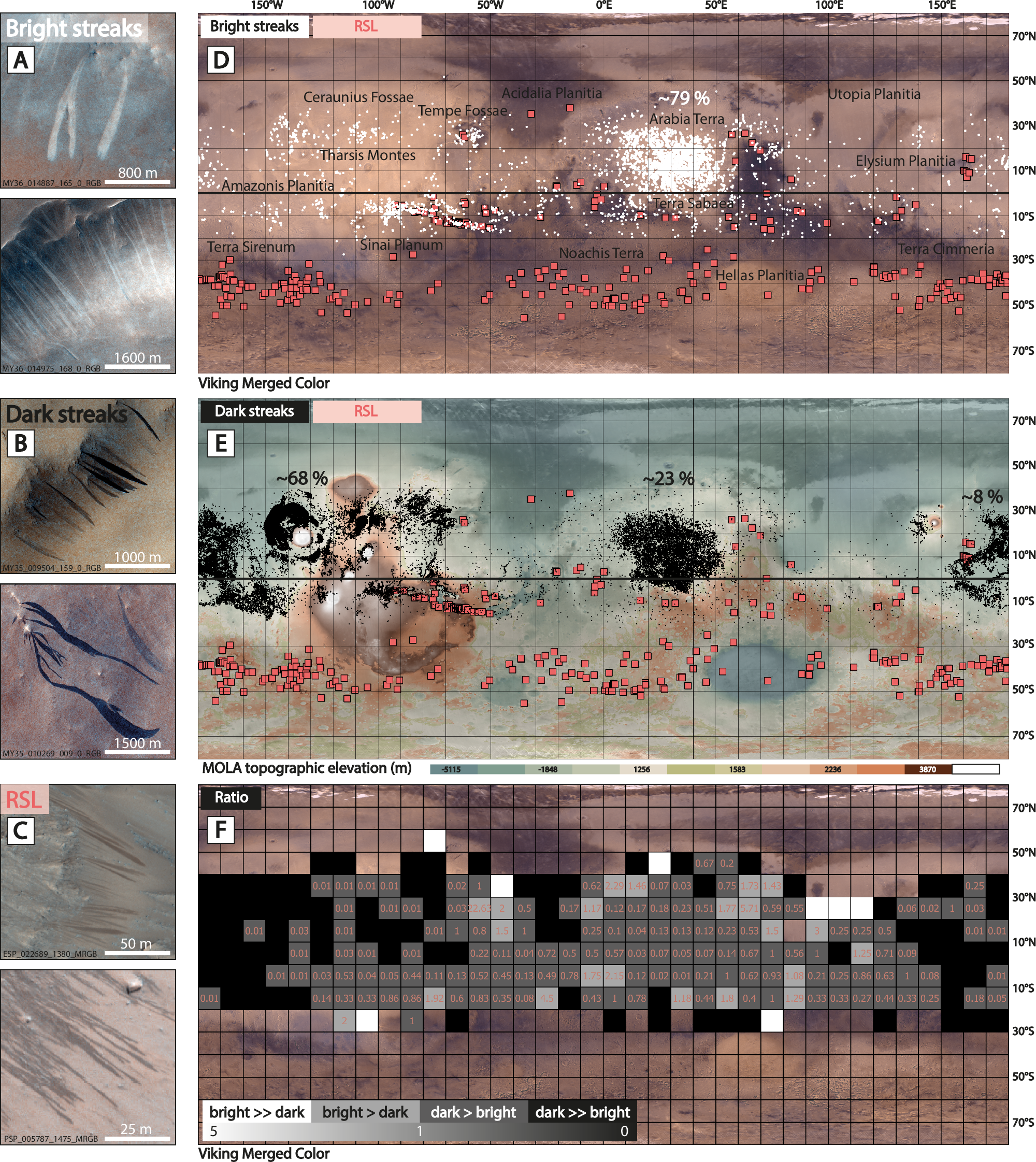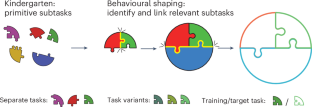2025-05-19 ミシガン大学
ミシガン大学の研究チームは、ゴルフボールのディンプル(くぼみ)構造に着想を得た、水中および空中での効率的な移動が可能な球形プロトタイプを開発しました。この「ニンブル・ディンプルズ」と呼ばれる球体は、表面のディンプルを動的に調整できるスマートな外皮を備えており、流体抵抗(ドラッグ)を最大50%削減し、揚力を生成することができます。
プロトタイプは、穴の開いた中空球体に薄いラテックス膜を被せ、内部の真空ポンプで圧力を調整することで、表面にディンプルを形成・解除できる構造です。風洞実験では、風速に応じてディンプルの深さを最適化することで、滑らかな表面と比較して大幅なドラッグ削減が確認されました。この技術により、従来のフィンや舵を必要とせずに、機動性と制御性を向上させることが可能となります。
この研究成果は、海洋探査や監視、環境データ収集など、狭隘でアクセスが困難な水中環境での応用が期待されており、将来的には燃料効率の高い無人潜水機や空中ドローンの設計に貢献する可能性があります。
<関連情報>
- https://news.umich.edu/nimble-dimples-agile-underwater-vehicles-inspired-by-golf-balls/
- https://www.cambridge.org/core/journals/flow/article/adaptive-drag-reduction-of-a-sphere-using-smart-morphable-skin/469B8167BE5E2DA8A4E67D0CBCEDE624
- https://pubs.aip.org/aip/pof/article-abstract/36/12/127137/3324919/On-the-lift-generation-over-a-sphere-using?redirectedFrom=fulltext
スマート・モーファブル・スキンを用いた球体の適応的抗力低減 Adaptive drag reduction of a sphere using smart morphable skin
Rodrigo Vilumbrales-Garcia,Putu Brahmanda Sudarsana and Anchal Sareen
Flow Published:19 May 2025
DOI:https://doi.org/10.1017/flo.2025.7
Abstract

In this study, a novel smart surface-morphing technique is devised that dynamically optimises roughness parameter on a sphere with varying flow conditions to minimise drag. A comprehensive series of experiments are first performed to systematically study the effect of dimple depth ratios in the range of 0 ≤ k/d ≤ 2 × 10−2 across a Reynolds number range of 6 × 104 ≤ Re ≤ 1.3 × 105. It is observed that k/d significantly affects both the onset of the drag crisis and the minimum achievable drag. For a constant Re, drag monotonically reduces as k/d increases. However, there is a critical threshold beyond which drag starts to increase. Particle image velocimetry (PIV) reveals a delay in flow separation on the sphere’s surface with increasing k/d, causing the flow separation angle to shift downstream. This results in a smaller wake size and reduced drag. However, when k/d exceeds the critical threshold, flow separation moves upstream, causing an increase in drag. Using the experimental data, a predictive model is developed relating optimal k/d to Re for minimising drag. This control model is then implemented to demonstrate closed-loop drag control of a sphere. The results demonstrate up to a 50 % reduction in drag compared with a smooth sphere, across all Reynolds numbers tested.
非対称な粗さを利用した球面上の揚力発生について On the lift generation over a sphere using asymmetric roughness
Putu Brahmanda Sudarsana;Rodrigo Vilumbrales-Garcia;Anchal Sareen
Physics of Fluids Published:December 10 2024
DOI:https://doi.org/10.1063/5.0241948
This study investigates a novel phenomenon of lift generation around a sphere by pneumatically manipulating its surface topology with an asymmetric roughness distribution. A comprehensive series of systematic experiments were conducted for Reynolds numbers ( Re=U∞d/ν, where U∞ is the free-stream velocity, d is the sphere diameter, and ν is the fluid kinematic viscosity) ranging from 6×104 to 1.3×105, and dimple depth ratios ( k/d, where k is the dimple depth) from 0 to 1×10−2 using a smart morphable sphere. The findings show that an asymmetrically rough sphere can generate lift forces up to 80% of the drag, comparable to those produced by the Magnus effect. The dimple depth ratio affects both Re at which lift generation begins and the maximum lift coefficient ( CL) achievable. The optimal k/d for maximum lift varies with Re: deeper dimples are needed at low Re, while shallower dimples are more effective at high Re. For a fixed Re, increasing k/d monotonically increases lift until a critical k/d is reached, beyond which lift decreases. Particle image velocimetry revealed that dimples delay flow separation on the rough side, while the smooth side remains unchanged, resulting in asymmetric boundary layer separation, leading to wake deflection and lift generation. Beyond the critical k/d, the flow separation location moved upstream, increasing the size of the rear wake, reducing wake deflection, and thus decreasing lift. This study is the first to report how manipulating surface topography can generate lift forces comparable to those produced by the Magnus effect, offering a new mechanism for aerodynamic control. These findings could have significant implications for the maneuvering capabilities of unmanned underwater vehicles, where fine control of lift is essential for agility.



